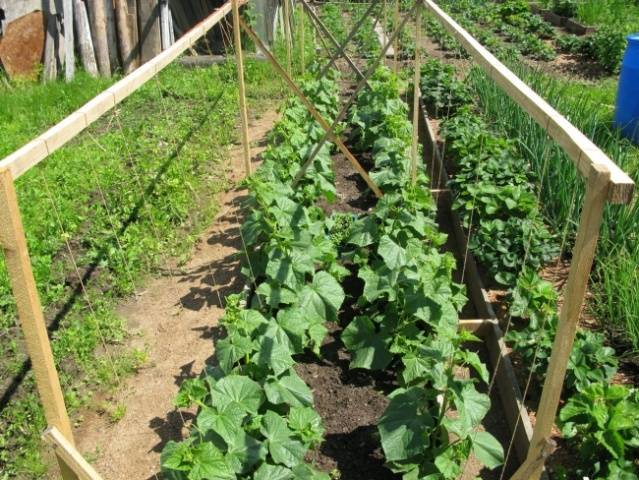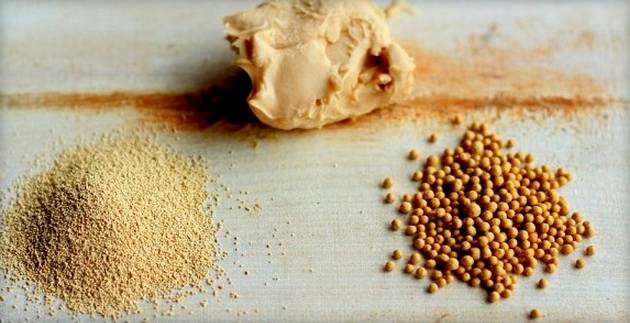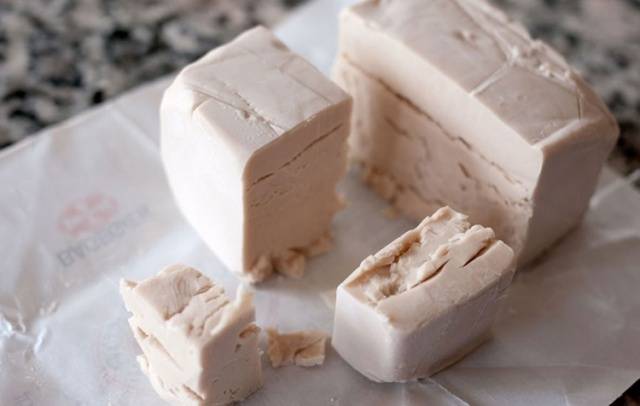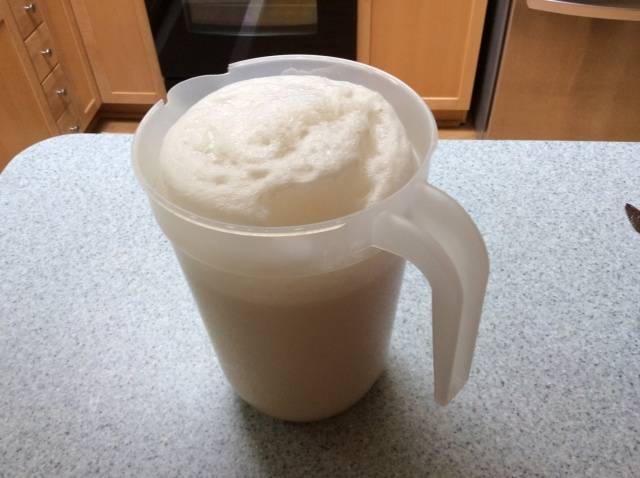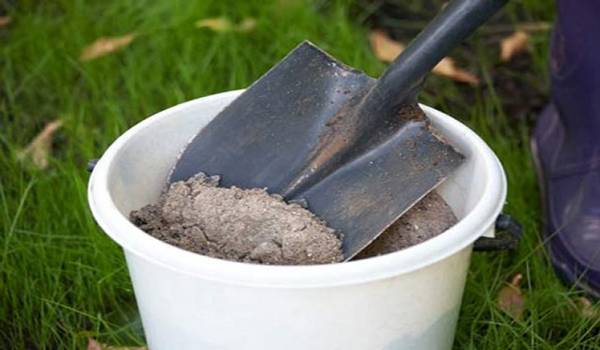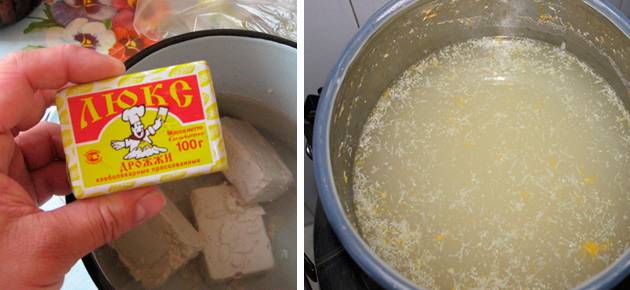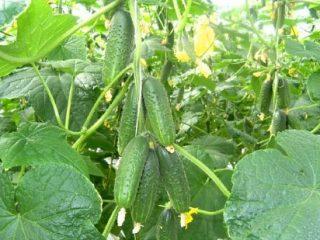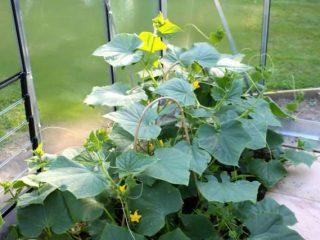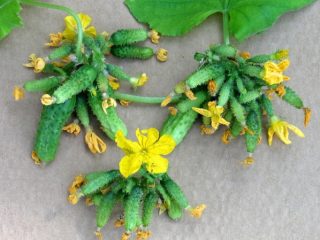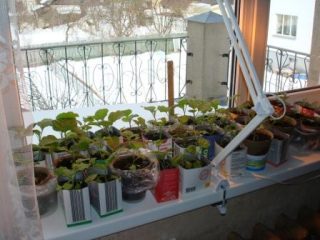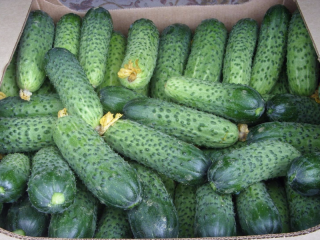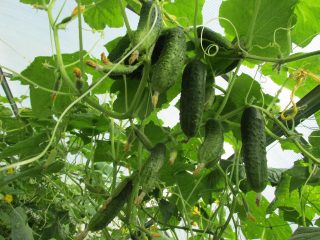Content
In today’s difficult times, many gardeners use all kinds of tricks to grow a good harvest. Folk remedies have acquired special importance, since they not only allow significant savings on fertilizers and other plant care products, but also grow healthy, environmentally friendly products, which is especially important in recent years.
Such a popular crop in Russia as the cucumber could not be ignored, because all experienced gardeners are well aware of how insatiable these plants are. To get a good harvest of greens, the soil must be fertilized as much as possible, but even under these conditions, cucumbers consume such an amount of nutrients that they need weekly feeding. Feeding cucumbers with yeast allows you to solve several problems at once. Firstly, there is an additional influx of nutrients, and secondly, plants receive significant stimulation in growth due to the strengthening and development of the root system. But now first things first.
The action of yeast and its effect on plants
Probably every adult and even a child is familiar with yeast.Their presence guarantees lush baked goods; they are used to produce kvass and beer, they are added to medicines, and used in cosmetology. Yeasts are single-celled fungal organisms with a very rich content. Thus, the amount of proteins in them can reach up to 65%, and amino acids make up about 10% of the mass of the product. Yeast can also contain a variety of minerals, organic iron and trace elements. It seems that it is thanks to this wealth that the plants are saturated. Actually this is not true.
As a result, many elements useful for plants are released in a form that is ideally digestible for them, in particular nitrogen and phosphorus. It follows from this that for active and prolonged action of yeast, the soil must be saturated with organic matter. If there is little of it, then a quick positive effect will occur in any case, but the soil will soon be depleted. Moreover, during fermentation, yeast absorbs large amounts of potassium and calcium.
What can be concluded? Yeast, of course, is not a fertilizer in the conventional sense. They simply speed up the breakdown of organic matter. On the other hand, many fresh organic fertilizers such as manure, bird droppings or compost, when interacting with yeast fungi, can suppress their vital activity. Therefore, organic matter must be added to the soil in advance, at least a few weeks before using yeast fertilizing.In addition, at the same time as yeast, wood ash must be added to the garden bed as a source of potassium and calcium. Some yeast feeding recipes include the use of dairy products, which helps restore calcium levels in the soil.
Another unique property of yeast is its ability, when dissolved in water, to release special substances that enhance root formation.
Naturally, a good and strong root system of cucumbers forms a healthy and powerful above-ground part, so abundant flowering and fruiting will not take long. And the gardener will be able to enjoy a large number of tasty and crispy cucumbers.
Finally, the action of yeast in the presence of a sufficient amount of organic matter in the soil is very long-lasting. For example, one yeast fertilizer for cucumbers can allow plants to do without additional fertilizer applications for a month or even two. This helps to significantly save time, effort and fertilizer and cannot fail to attract the attention of gardeners.
Cooking recipes
In order to prepare fertilizer from yeast, there are several proven recipes. To add to cucumbers, you can use any type of yeast: dry and fresh, baker's and alcohol.
From fresh yeast
Some recipes call for quickly preparing a solution for feeding, while others require the yeast to sit for a while.
- Recipe No. 1. In one liter of warm water you need to dilute 100 g of yeast. Bring the volume of the solution to 10 l. You can feed cucumbers on the same day.One liter of the prepared solution is used to spill one cucumber bush. If you add about 50 g of sugar to this recipe, then it is better to leave the solution to infuse in a warm place for a day or two. The rest of the scheme is the same.
- Recipe No. 2. Dissolve 100 g of yeast in one liter of warm milk. Leave for several hours, increase the volume of liquid to 10 liters and use for watering and spraying cucumbers. Instead of milk, you can use whey or any other dairy product.
From dry yeast
Typically, dressing for cucumbers made from dry yeast takes a little longer to infuse than from fresh natural yeast.
- Recipe No. 3. 10 g of dry yeast and 2 tablespoons of sugar are dissolved in 10 liters of warm water and left for several hours to several days. Before feeding the cucumbers, one liter of infusion is diluted in five liters of water.
- Recipe No. 4. 1 tbsp is diluted in five liters of water. spoon of yeast, 2 tbsp. spoons of sugar and 2 grams of ascorbic acid, a handful of earth is added there. Everything is infused for 24 hours in a warm place. When feeding, 1 liter of infusion is added to a bucket of water.
Features of feeding cucumbers with yeast
When using a yeast solution to feed cucumbers, the following nuances must be taken into account:
- Yeast can only work in a warm environment, so processing is possible only at a temperature not lower than +10°C+15°C. However, cucumbers also do not grow well at low temperatures, so this condition is not difficult to meet.
- It is advisable not to use yeast fertilizer for cucumbers too often; only 2-3 times per season is enough.There are two optimal times for adding yeast solution: a week after planting seedlings in the ground (or when 4-6 leaves open) and after the first wave of fruiting.
- Since yeast actively absorbs potassium and calcium from the soil, be sure to add wood ash and crushed eggshells at the same time. A dose equal to one tablespoon per bush will be sufficient.
- Yeast feeding Works equally well in a greenhouse and in open ground. But in a greenhouse, due to elevated temperatures, all processes will proceed at an accelerated rate, so adding sugar to the yeast solution when feeding cucumbers in greenhouse conditions is not necessary.
- Fertilizing with yeast not only increases the number of ovaries in cucumbers, but also reduces the hollowness of the fruit.
Reviews from gardeners
Let's sum it up
Reviews from gardeners about the use of yeast fertilizer are extremely positive. This is not surprising given the rapid impact of yeast on plant development. You just need to comply with all the conditions when using this fertilizer and the harvest will only please you.
